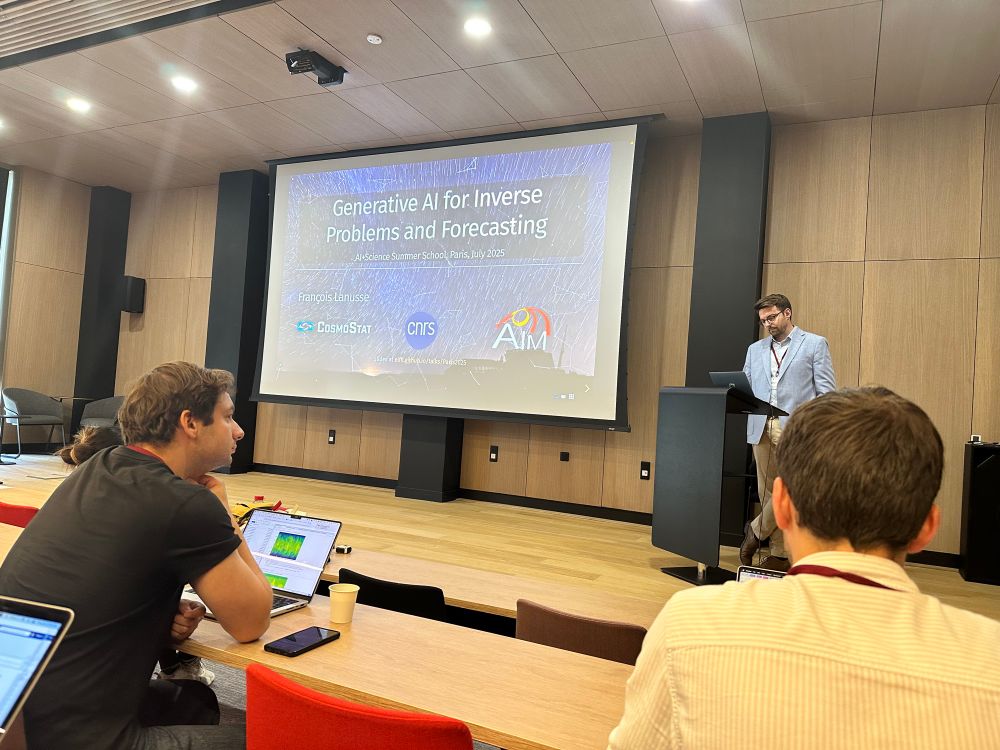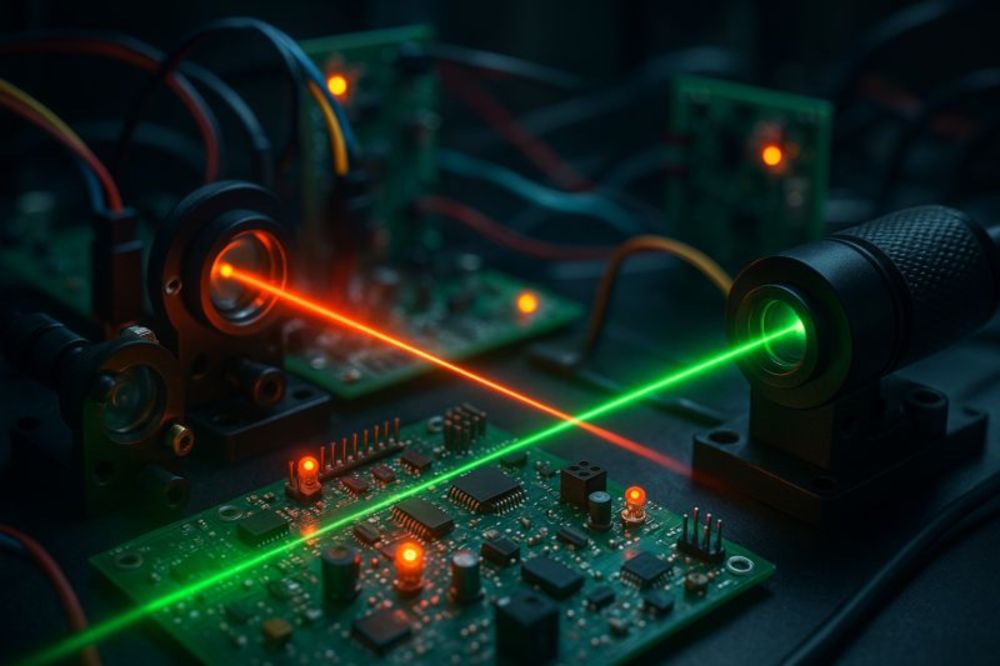
Science Director, Space & Astronomy @CSIRO; OMO
There's also the important caveat that an incomplete stellar contamination correction could also imprint spectral features.
There's also the important caveat that an incomplete stellar contamination correction could also imprint spectral features.
quantum25.dpg-tagungen.de/nachrichten/...

quantum25.dpg-tagungen.de/nachrichten/...
mathstodon.xyz/@tao/1149568...
mathstodon.xyz/@tao/1149568...
aas.org/posts/news/2...
aas.org/posts/news/2...
Read more: science.anu.edu.au/news-events/...


Read more: science.anu.edu.au/news-events/...
Slides: eiffl.github.io/talks/Paris2...

Slides: eiffl.github.io/talks/Paris2...

- Intl. Science School
- @spaceaustralia.com
- @sydney.edu.au
- @ozgrav.bsky.social
- ARC CoE Dark Matter
- Swinburne Uni.
- Wheeler Centre
- @queersinscience.bsky.social
Keep an eye out for event pages and ticket links!
2/3 🔭
- Intl. Science School
- @spaceaustralia.com
- @sydney.edu.au
- @ozgrav.bsky.social
- ARC CoE Dark Matter
- Swinburne Uni.
- Wheeler Centre
- @queersinscience.bsky.social
Keep an eye out for event pages and ticket links!
2/3 🔭
theconversation.com/x-rays-have-...
#RadioAstronomy #AstroSci
theconversation.com/x-rays-have-...
#RadioAstronomy #AstroSci
The deep field aims to probe the Cosmic Dawn, when the Universe was only a few million years old.
Read more 👉 www.esa.int/ESA_Multimed...
🔭 🧪 ☄️

The deep field aims to probe the Cosmic Dawn, when the Universe was only a few million years old.
Read more 👉 www.esa.int/ESA_Multimed...
🔭 🧪 ☄️
@astrokatie.com presenting "The End of Everything" at the University of Sydney @sydney.edu.au
Join us on July 10 to learn about five ways the Universe might die!
Registration is free...
www.sydney.edu.au/engage/event...
⚛️ #Astronomy ⚛️

@astrokatie.com presenting "The End of Everything" at the University of Sydney @sydney.edu.au
Join us on July 10 to learn about five ways the Universe might die!
Registration is free...
www.sydney.edu.au/engage/event...
⚛️ #Astronomy ⚛️


Jetzt lesen:
Jetzt lesen:
Taken with only 1,024 of the planned 131,072 antennas, and it's already looking good :)
#RadioAstronomy
Taken with only 1,024 of the planned 131,072 antennas, and it's already looking good :)
#RadioAstronomy
On 4 March, astronomer Zhuo-Xiao Wang captured this view of the sudden disappearance of ESA’s Gaia spacecraft.
Credit: Zhuo-Xiao Wang, CC BY-SA 3.0 IGO
Observations performed on 4 March 2025 using an 11-inch telescope from Beijing, China (MPC site code: P13).
On 4 March, astronomer Zhuo-Xiao Wang captured this view of the sudden disappearance of ESA’s Gaia spacecraft.
Credit: Zhuo-Xiao Wang, CC BY-SA 3.0 IGO
Observations performed on 4 March 2025 using an 11-inch telescope from Beijing, China (MPC site code: P13).
Even though the spacecraft tipped over, NASA's first radio wavelength instrument on the Moon was able to measured anthropogenic shortwaves breaking through the Earth’s
ionosphere and escaping to the Moon. modulated by the ionosphere (which is modulated by the Sun).
#RadioAstronomy 🔭

Two exciting preprints today from Aussie institutions and scientists! 🔭☄️
1. A 41-sec radio pulsar!
Slowest pulsar we know about is ~23-secs and then there are these mysterious long-period transients that have rotations periods of mins to hours.
This one fits between them!

Two exciting preprints today from Aussie institutions and scientists! 🔭☄️
1. A 41-sec radio pulsar!
Slowest pulsar we know about is ~23-secs and then there are these mysterious long-period transients that have rotations periods of mins to hours.
This one fits between them!
There is an *awesome* prize fellowship for you at Macquarie in Sydney: the Lighthouse Fellowship.
If you're into exoplanets, stars, and/or stats, get in touch with me or any of the other faculty and we can talk about it!
There is an *awesome* prize fellowship for you at Macquarie in Sydney: the Lighthouse Fellowship.
If you're into exoplanets, stars, and/or stats, get in touch with me or any of the other faculty and we can talk about it!
*whose line is it anyway?* An interactive tool for identifying atomic spectral lines. 🧪🔭 #stars
install:
pip install whoseline
source:
github.com/bmorris3/who...
*whose line is it anyway?* An interactive tool for identifying atomic spectral lines. 🧪🔭 #stars
install:
pip install whoseline
source:
github.com/bmorris3/who...


